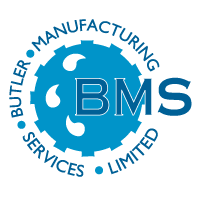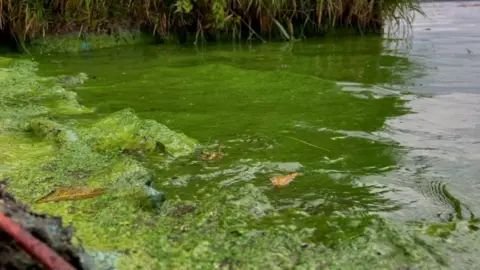Sewage Parameters 4 Part 1: Phosphorus (P)
Introduction
Continuing from our discussion on Population Equivalent (PE), the next parameter is Phosphorus (P). Phosphorus is a critical focus in wastewater treatment due to its role in promoting algae growth and its potential environmental impacts when present in excess.
Why is Phosphorus Important in Wastewater Effluent?
Ecological Role:
Phosphorus, along with Nitrogen, is an essential nutrient for the growth of algae and other biological organisms.
Environmental Impact:
High levels of Phosphorus in watercourses can cause:
Algae Blooms: Excessive algae growth.
Oxygen Depletion: As algae die and decompose, they consume large amounts of oxygen, leading to fish kills and the death of other aquatic organisms.
Forms of Phosphorus in Wastewater
Total Phosphorus (TP):
Refers to the sum of all forms of Phosphorus in wastewater.
Orthophosphates:
A specific form of Phosphorus that is immediately available for biological metabolism.
The most significant polluting form of Phosphorus due to its direct role in algal and biological growth.
Typical Phosphorus Levels
Raw Wastewater:
Total Phosphorus: 4–15 mg/l
Treated Effluent:
Increasingly stringent standards specify Total Phosphorus levels in the range of 0.5–5 mg/l.
How to Reduce Phosphorus Levels
The most common method for Phosphorus reduction in wastewater is through chemical dosing:
Aluminium Sulphate (Alum) or Ferric Sulphate.
These chemicals are added to the primary settlement area of the treatment plant to precipitate Phosphorus, removing it from the water.
Example: Algae Bloom
Next Topic
In the next post, we’ll dive deeper into methods for reducing Phosphorus in wastewater treatment systems.
Questions?
If you have any questions or need information about package wastewater treatment systems, feel free to contact us. We’re happy to help!
About BMS
BMS is a quality manufacturer of package products for wastewater and stormwater treatment:
Established: 1986
Global Reach: Exported to over 50 countries.
Family Business: A third-generation company with deep expertise.
BMS Product Range
BMS provides a wide array of surface water and wastewater treatment products, including:
View the full product catalogue here
Additional Services by BMS
Free Design Service: For sewage treatment, pump stations, and surface water management.
Operation and Maintenance: Full services for existing installations, including repair, advice, and testing.
Free CPD Presentations: Available for sewage treatment and surface water management, delivered at your location.
We would be delighted to discuss any requirements you might have, and we are available to meet you at your convenience. Contact us today.
© Butler Manufacturing Services 2024.


